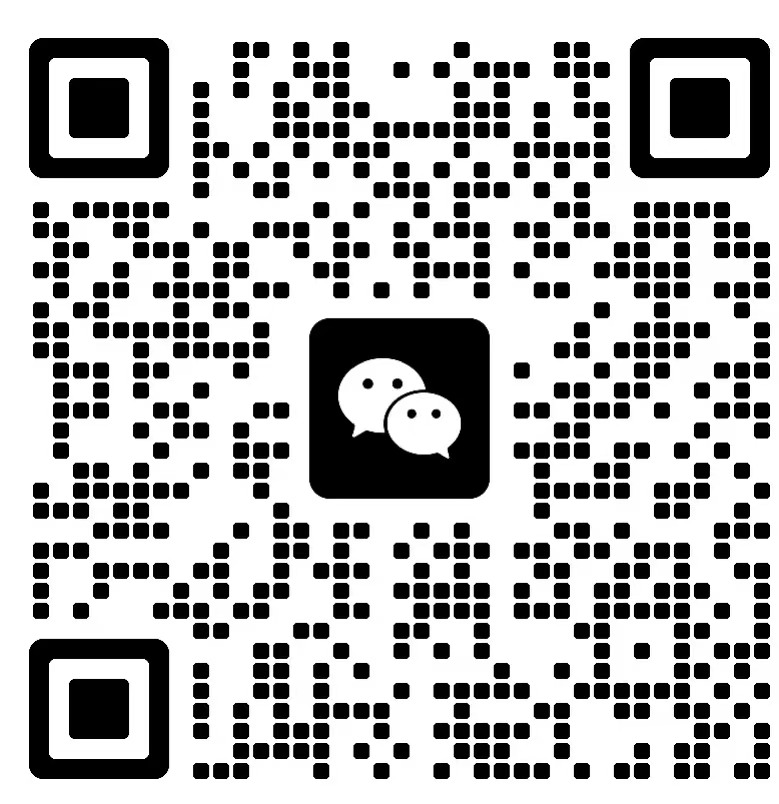The MM74HC393N is a dual 4-bit binary counter that is widely used in digital applications for counting and timing purposes. Its integration with resistor networks and arrays enhances its functionality and adaptability in various applications. Below is a detailed overview of key technologies and success stories related to the application development using the MM74HC393N.
| 1. Digital Logic Design | |
| 2. Resistor Networks | |
| 3. Timing Circuits | |
| 4. Analog to Digital Conversion | |
| 5. Programmable Logic Devices (PLDs) | |
| 6. Microcontroller Integration | |
| 1. Industrial Automation | |
| 2. Consumer Electronics | |
| 3. Educational Projects | |
| 4. Robotics | |
| 5. Game Development |
The MM74HC393N, when combined with resistor networks and arrays, provides a versatile platform for application development across various fields. Its capabilities in counting and timing, along with the potential for integration with other technologies, make it a valuable component in both commercial and educational projects. As technology continues to advance, the principles of digital logic and the use of resistor networks will remain foundational in developing innovative solutions that meet the demands of modern applications.
The MM74HC393N is a dual 4-bit binary counter that is widely used in digital applications for counting and timing purposes. Its integration with resistor networks and arrays enhances its functionality and adaptability in various applications. Below is a detailed overview of key technologies and success stories related to the application development using the MM74HC393N.
| 1. Digital Logic Design | |
| 2. Resistor Networks | |
| 3. Timing Circuits | |
| 4. Analog to Digital Conversion | |
| 5. Programmable Logic Devices (PLDs) | |
| 6. Microcontroller Integration | |
| 1. Industrial Automation | |
| 2. Consumer Electronics | |
| 3. Educational Projects | |
| 4. Robotics | |
| 5. Game Development |
The MM74HC393N, when combined with resistor networks and arrays, provides a versatile platform for application development across various fields. Its capabilities in counting and timing, along with the potential for integration with other technologies, make it a valuable component in both commercial and educational projects. As technology continues to advance, the principles of digital logic and the use of resistor networks will remain foundational in developing innovative solutions that meet the demands of modern applications.












